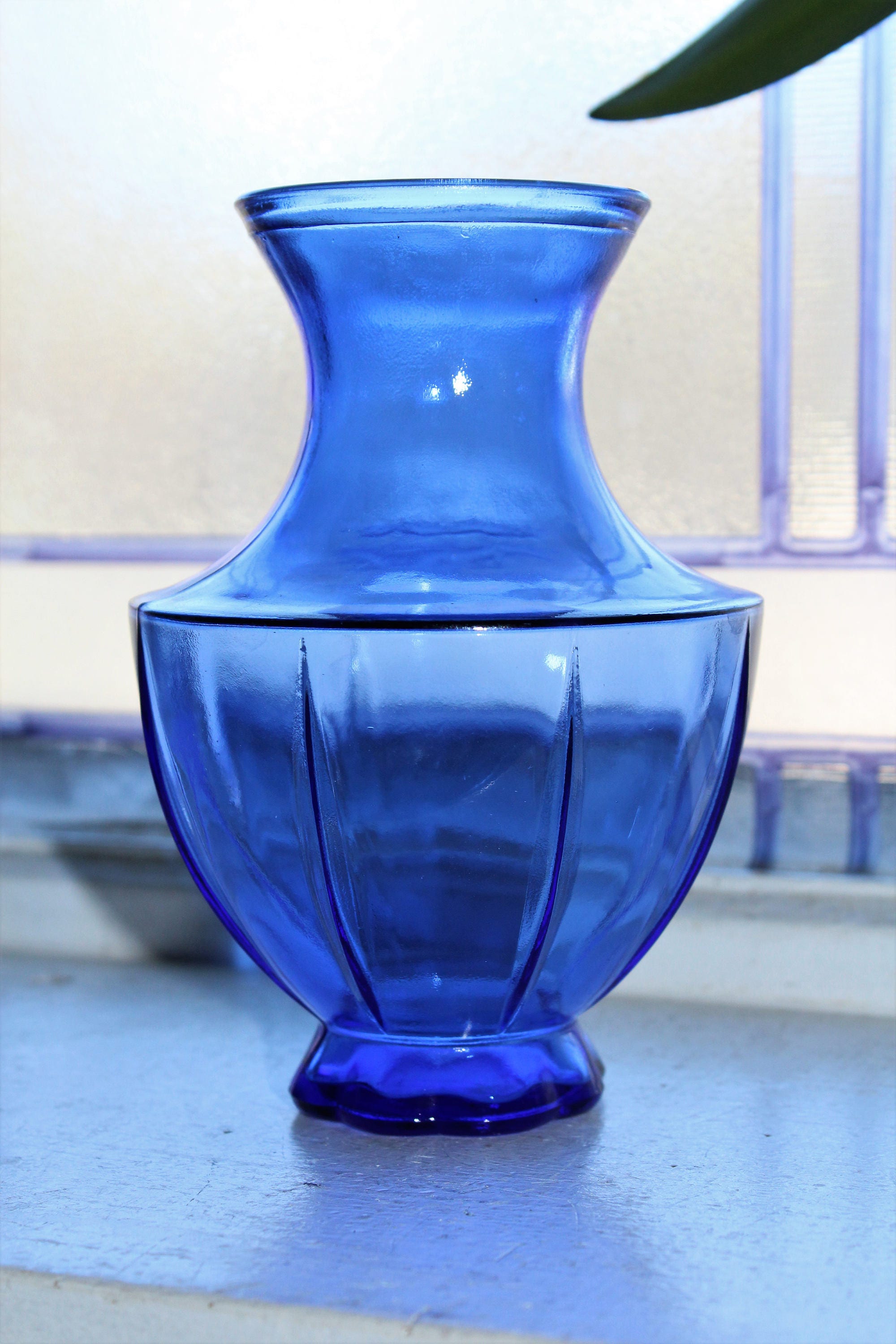
Because blue has commonly been associated with harmony, it was chosen as the colour of the flags of the United Nations and the European Union.

Dark blue became a common colour for military uniforms and later, in the late 20th century, for business suits. In the 19th century, synthetic blue dyes and pigments gradually replaced organic dyes and mineral pigments. Europeans wore clothing coloured with the vegetable dye woad until it was replaced by the finer indigo from America.
#Cobalt blue glass vase windows#
In the Middle Ages, European artists used it in the windows of cathedrals. In the eighth century Chinese artists used cobalt blue to colour fine blue and white porcelain. The semi-precious stone lapis lazuli was used in ancient Egypt for jewellery and ornament and later, in the Renaissance, to make the pigment ultramarine, the most expensive of all pigments. Distant objects appear more blue because of another optical effect called aerial perspective.īlue has been an important colour in art and decoration since ancient times. An optical effect called the Tyndall effect explains blue eyes. The clear daytime sky and the deep sea appear blue because of an optical effect known as Rayleigh scattering. Most blues contain a slight mixture of other colours azure contains some green, while ultramarine contains some violet. The term blue generally describes colors perceived by humans observing light with a dominant wavelength between approximately 450 and 495 nanometres.

It lies between violet and cyan on the spectrum of visible light. Clockwise, from top left: A Ukrainian Police officer on duty Tiles of the Sheikh Lotfollah Mosque, Iran Red-legged honeycreeper Copper(II) sulfate Sea at the Marshall Islands Planet Earth.īlue is one of the three primary colours in the RYB colour model (traditional colour theory), as well as in the RGB (additive) colour model.


 0 kommentar(er)
0 kommentar(er)
